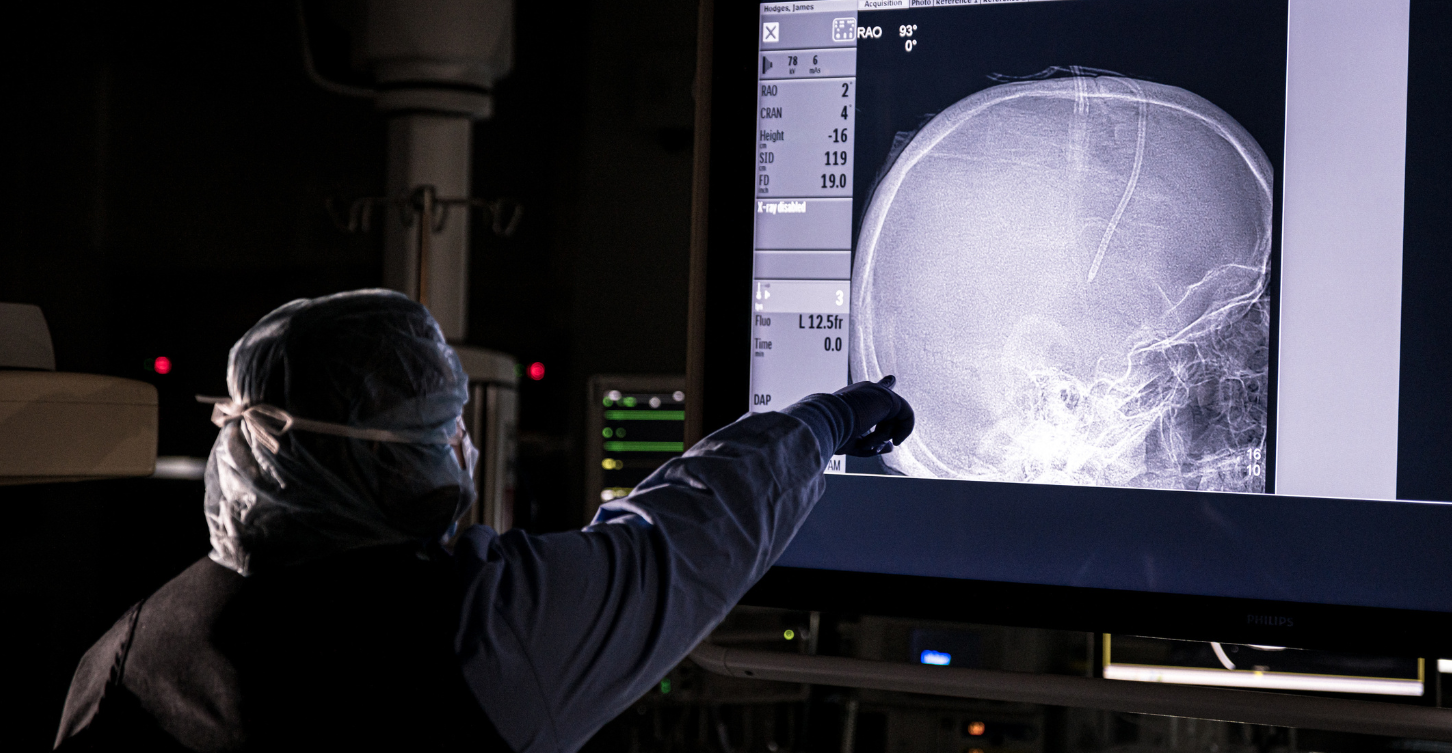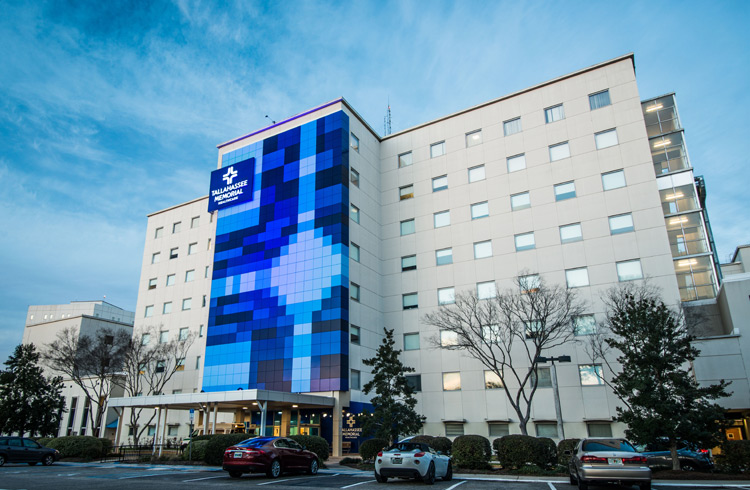Debunking Six Common Stroke Myths
May 1, 2025
May is National Stroke Awareness Month, a time dedicated to educating the public about stroke prevention, symptoms and treatment.
A stroke is a serious medical emergency that occurs when blood flow is cut off to an area of the brain – a literal "brain attack." Without blood flow, brain cells are deprived of oxygen and begin to die, leading to further complications if not treated quickly.
There are many common misconceptions surrounding stroke.
Myth #1: Only older people have strokes.
While stroke risk increases with age, strokes can occur at any age. The number of strokes in people ages 18 to 45 has been growing at a faster rate nationally than any other age group for the past few decades.
Game of Thrones actress Emilia Clarke experienced two brain aneurysms in 2011 and 2013. During treatment for her brain aneurysm, she experienced a type of stroke called a subarachnoid hemorrhagic stroke, where bleeding occurs into the subarachnoid space, the area between the brain and the layers of tissue covering it.
Following her stroke, she struggled with aphasia, a condition where language is affected due to brain damage. Clarke made a remarkable recovery and returned to acting.
Myth #2: Stroke symptoms are always obvious.
An easy way to remember common stroke symptoms is the acronym BE FAST:
- Balance: Sudden trouble walking, dizziness, loss of balance or lack of coordination.
- Eyes: Sudden loss of vision in one or both eyes.
- Face: Sudden numbness or weakness in the face, arm or leg – especially on one side of the body.
- Arms: Sudden numbness or weakness in the arms or legs, especially on one side of the body.
- Speech: Sudden confusion, trouble speaking or difficulty understanding speech.
- Time: Time is brain. Every second, brain cells die during a stroke, and it's important to seek immediate care.
While these symptoms might seem obvious, it's not always clear when someone is having a stroke.
Tedy Bruschi, a professional football player for the New England Patriots, woke up one morning in February 2005 with numbness on his left side and a severe headache. He tried to shrug it off since he had just played in a football game. However, after a few hours when it didn’t go away, he called 9-1-1. At the hospital, doctors confirmed he had a stroke, but he missed the window for treatment. He later found he had a hole in his heart, known as a patent foramen ovale (PFO), which allowed a blood clot to travel from his leg to his brain. Following surgery for the PFO, Bruschi was cleared to return to playing football the following October.
In 2019, Bruschi suffered a transient ischemic attack (TIA), or mini-stroke, but recognized the symptoms immediately and called 9-1-1, resulting in full recovery and no lasting brain damage. He is now an advocate for stroke awareness.
Myth #3: TIAs are not cause for concern.
A transient ischemic attack (TIA) occurs when blood flow to the brain is temporarily interrupted, causing stroke-like symptoms that usually resolve within a few hours. While not as severe as a full-blown stroke, a TIA can be a warning sign for future stroke events. TIA symptoms resolve, but having one increases your risk of having another stroke.
In March 2022, celebrity Hailey Bieber experienced a "weird sensation" from her right arm down to her numbed fingertips while having breakfast with her husband, Justin. She was unable to speak, and the right side of her face began to droop, causing her to believe she had a stroke. Paramedics took her to the hospital, where doctors found she had experienced a TIA, likely due to a PFO like Bruschi. She also underwent surgery to close the hole.
Approximately one in three people who have had a TIA will eventually have a stroke, with about half occurring within a year after the TIA. Being evaluated by a healthcare professional quickly can help determine its cause and treatment options that may help prevent a stroke.
Myth #4: You can't prevent a stroke.
While there are stroke risk factors outside of our control, such as gender, genetics, race, and age, many risk factors are related to daily habits.
By adopting a healthy diet and lifestyle, you can reduce your chance of having a stroke. Talk with your doctor and loved ones about any of these risk factors that may apply to you:
- High blood pressure
- Physical inactivity or obesity
- Diabetes
- High cholesterol
- Smoking
- Carotid or other artery disease
- Atrial fibrillation (AFib)
- Excessive alcohol intake
- Certain blood disorders, such as sickle cell
- Prior TIAs
Child actor Frankie Muniz suffered from "at least 15" TIAs, the first occurring in 2012, leading to memory loss. Following his TIAs, Muniz shifted his focus to a healthier lifestyle, incorporating regular exercise and stress management practices.
Myth #5: There is no treatment for a stroke
While having a stroke can be scary, there are treatment options available for even the most severe strokes.
As a Primary Stroke Center, Tallahassee Memorial HealthCare (TMH) offers a variety of revolutionary treatments for strokes. Treatment may include administering medication to dissolve blood clots (called TNK), identifying blocked blood vessels causing the stroke and removing the blockage (called thrombectomy), and placing coils within ruptured brain aneurysms to stop bleeding (aneurysm embolization). These cutting-edge interventions provide rapid treatment to minimize the long-term effects of stroke, improve neurologic outcomes, and prevent death.
Spoiler Alert! In Season 1, Episode 10 of medical drama The Pitt, a young woman is brought to the emergency room after a potential stroke leaves her mute and unresponsive. The emergency room physicians call for a neurologist to assess and decide to administer TNK to treat the patient's symptoms. The patient was able to recover her speech quickly, helping them to identify her.
Myth #6: Strokes always lead to permanent disability
While advanced capabilities to treat even the most severe strokes are available at TMH, stroke care depends on you.
Psych actor Timothy Omundson collapsed in Tampa Airport in April 2017 due to a stroke caused by a tear in the wall of the carotid artery, disrupting blood flow to the brain. Omundson spent days in intensive care and underwent a craniectomy, in which doctors removed part of his skull to relieve pressure in his brain caused by the stroke.
Throughout the next few months, Omundson attended physical therapy where he slowly regained his mobility and learned to walk again. In 2019, Omundson appeared as a guest star on This Is Us as Toby and Kate's neighbor recovering from a stroke.
Strokes can be life-altering, but understanding their myths and facts can empower you to take preventive measures and seek timely treatment. If you or someone you love experiences stroke symptoms, call 9-1-1 immediately and note when the first symptoms started, which may affect treatment decisions. Time is brain, and quick action can save lives and improve outcomes.

